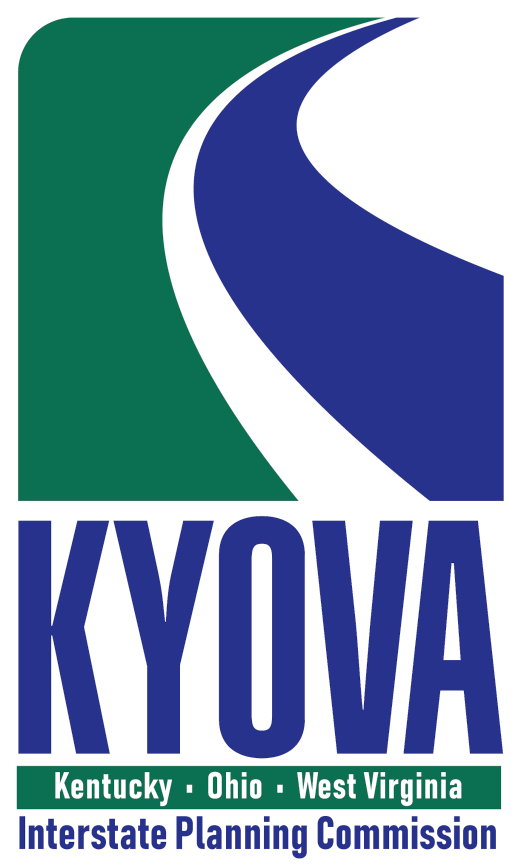WHAT IT IS
The purpose of this report is to present the details of the methodology followed in implementing the travel demand forecasting process using the Quick Response System II (QRSII) Version 7.0 with advanced General Network Editor (GNE)Version 7.0 Transportation Planning Computer Software package. Known travel data for the year 2000 was used to verify the outputs of existing transportation models. Most of FHWA urban model calibration targets have been met by this model. The trip generated model produced expected trip end volumes. The trip distribution model resulted in average trip length comparable to other travel studies and the traffic assignments produced volumes reasonably within FHWA standards. Therefore, the model can be used in forecasting 2030 traffic to examine the future capacity deficiencies and to perform future year plan development and analysis.
In the past, KYOVA Interstate Planning Commission and the West Virginia Division of Highways have used both household origin-destination surveys and mathematical techniques in formulation of traffic models. The approach which has proven the most practical for small and medium urban areas as well as larger areas, such as the Huntington-Ironton Areas Transportation Study (HIATS) urbanized area, has been the mathematical simulation of internal and external travel. This technique involves the development of trip generation equations based on the relationships found valid in past studies and parameters calibrated for the particular area under study. This approach was adopted for the Huntington-Ironton area to simulate traffic for both present (2000) and the future (2030)
 Phone: 304-523-7434
Fax: 304-529-7229
400 Third Avenue
P.O. Box 939
Huntington, West Virginia 25712
Phone: 304-523-7434
Fax: 304-529-7229
400 Third Avenue
P.O. Box 939
Huntington, West Virginia 25712